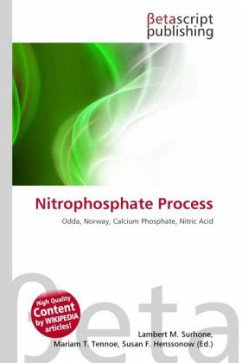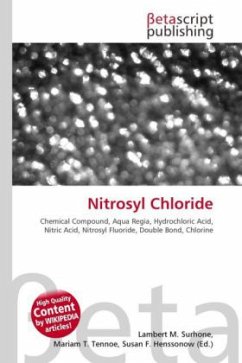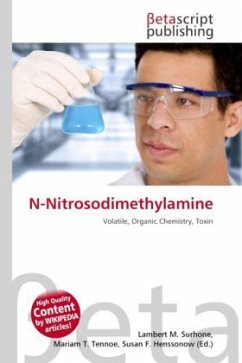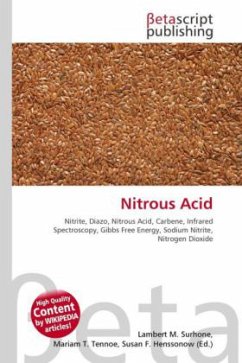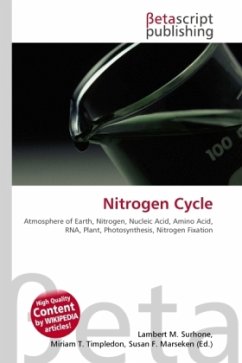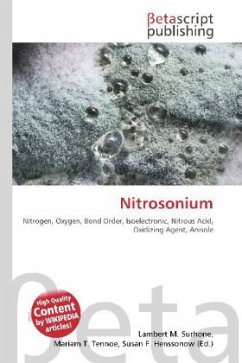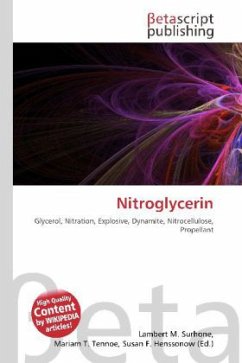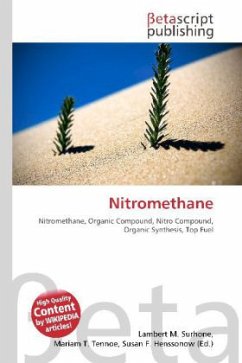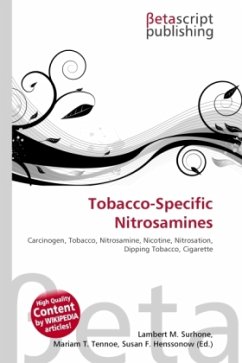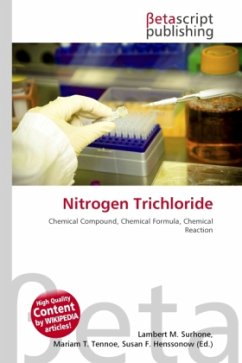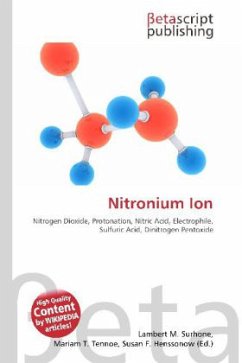
Nitronium Ion
Versandkostenfrei!
Versandfertig in 6-10 Tagen
23,99 €
inkl. MwSt.

PAYBACK Punkte
12 °P sammeln!
Please note that the content of this book primarily consists of articles available from Wikipedia or other free sources online. The nitronium ion (improperly called nitryl ion, because it is not a radical), NO+2, is a generally unstable cation created by the removal of an electron from the paramagnetic nitrogen dioxide molecule, or the protonation of nitric acid. It is not stable enough to exist in normal conditions, but it is used extensively as an electrophile in the nitration of other substances. The nitronium ion also exists in the solid form of dinitrogen pentoxide, N2O5, which is an ioni...
Please note that the content of this book primarily consists of articles available from Wikipedia or other free sources online. The nitronium ion (improperly called nitryl ion, because it is not a radical), NO+2, is a generally unstable cation created by the removal of an electron from the paramagnetic nitrogen dioxide molecule, or the protonation of nitric acid. It is not stable enough to exist in normal conditions, but it is used extensively as an electrophile in the nitration of other substances. The nitronium ion also exists in the solid form of dinitrogen pentoxide, N2O5, which is an ionic solid formed from nitronium and nitrate ions. Its liquid and gaseous forms, however, are molecular and do not contain nitronium ions. A few stable nitronium salts with anions of weak nucleophilicity can be isolated. These include nitronium perchlorate (NO+2ClO 4), nitronium tetrafluoroborate (NO+2BF 4), nitronium hexafluorophosphate (NO+2PF 6), nitronium hexafluoroarsenate (NO+2AsF 6), andnitronium hexafluoroantimonate (NO+2SbF 6). These are all very hygroscopic compounds. The nitronium ion is isoelectronic with carbon dioxide and like that molecule has a linear structure with an ONO bond angle of 180°.



